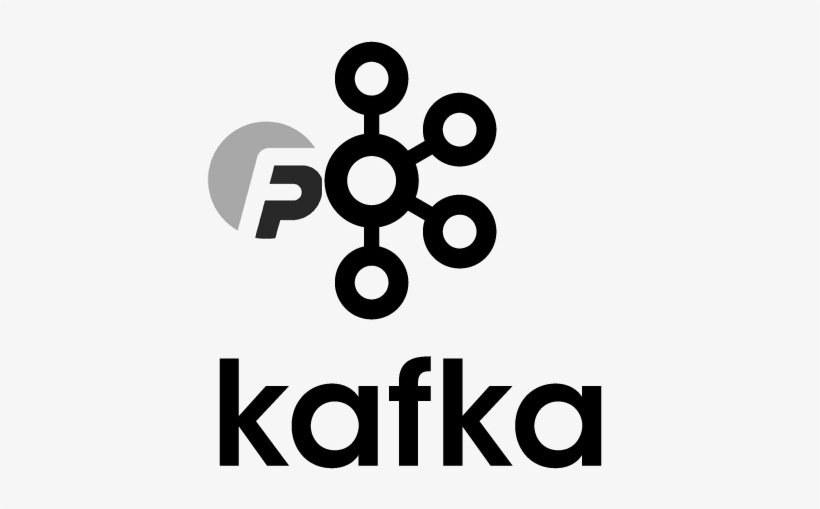Introduction
In the world of distributed systems, fault tolerance is a critical aspect. With several components working together, any single component’s failure shouldn’t halt the entire system. Apache Kafka, a distributed streaming platform, also adheres to this principle through its replication mechanism and leader election process. This post delves into the ins and outs of Kafka’s approach to achieving fault tolerance, enabling your applications to handle failures gracefully.
Kafka Replication
Replication in Kafka is an essential feature that ensures the availability and durability of data. Kafka stores replicas of each topic partition across a configurable number of servers (brokers), which allows it to continue functioning even in the face of hardware failures.
1. Creating a Topic with Replication
Let’s start by creating a topic with a replication factor.
kafka-topics.sh --create --bootstrap-server localhost:9092 --replication-factor 3 --partitions 1 --topic replicated-topicIn this command, replication-factor 3 denotes that Kafka will maintain three copies of this topic across the brokers.
2. Describing a Topic
We can describe the topic to view its details.
kafka-topics.sh --describe --bootstrap-server localhost:9092 --topic replicated-topicThis command provides information about the replicated-topic, including its replication factor and the status of its replicas.
Kafka Leader Election
In Kafka’s replication design, every partition of a topic has one server acting as the “leader” and others as “followers”. The leader handles all read-write operations for the partition, while the followers replicate the leader’s data. If the leader fails, one of the followers will automatically become the new leader – a process known as “Leader Election”.
3. Configuring Unclean Leader Election
By default, Kafka only allows a follower that is in-sync to become the leader. However, in some cases, you may prefer availability over durability. Kafka provides a configuration for this: unclean.leader.election.enable.
# server.properties
unclean.leader.election.enable=trueSetting this property to true means that an out-of-sync replica can be elected leader, potentially increasing availability but risking data loss.
4. Controlled Shutdown
In the event of planned downtime, Kafka supports a controlled shutdown process to limit the impact on the service.
kafka-server-stop.shThis command will trigger a controlled shutdown of the Kafka server, transferring leadership roles before stopping.
5. Forced Leader Election
In some scenarios, it may be beneficial to force a leader election manually. This can be achieved using the kafka-preferred-replica-election.sh tool.
kafka-preferred-replica-election.sh --bootstrap-server localhost:9092 --path-to-json-file preferred_replica_election.jsonThis command triggers a preferred replica leader election based on the replicas specified in preferred_replica_election.json.
Partition Reassignment
Reassigning partitions can be a useful technique when scaling or recovering from a failed broker.
6. Generate Current Partition Assignments
First, we need to generate a JSON file containing the current partition assignments.
kafka-reassign-partitions.sh --bootstrap-server localhost:9092 --generate --broker-list "1,2" --topics-to-move-json-file topics.jsonThis command generates the current partition assignments for the topics listed in topics.json and outputs it to the console.
7. Execute Partition Reassignment
Next, we need to execute the reassignment based on a JSON file.
kafka-reassign-partitions.sh --bootstrap-server localhost:9092 --execute --reassignment-json-file reassignment.jsonThis command initiates the partition reassignment process based on reassignment.json.
8. Verify Partition Reassignment
Finally, we should verify the status of the reassignment.
kafka-reassign-partitions.sh --bootstrap-server localhost:9092 --verify --reassignment-json-file reassignment.jsonThis command checks the status of the reassignment process.
Broker Configuration for High Availability
Lastly, let’s configure our Kafka brokers for high availability.
9. Configuring Replication Factors
As discussed, the replication factor is a critical configuration for fault tolerance. It can be set in the broker’s configuration file.
# server.properties
default.replication.factor=3In this property, we set the default replication factor for automatically created topics to 3.
10. Min In-sync Replicas
This configuration denotes the minimum number of in-sync replicas required to acknowledge a produce request.
# server.properties
min.insync.replicas=2Setting min.insync.replicas=2 means at least two replicas must confirm they’ve received the data before the producer gets a successful response.
Conclusion
Fault tolerance in Apache Kafka relies heavily on its replication and leader election processes. By understanding these mechanisms and the various configurations that govern them, you can build Kafka-based systems resilient to failures and capable of providing continuous service.
As we’ve seen, these configurations allow you to balance between availability, durability, and performance, depending on your specific needs. Remember, managing a distributed system like Kafka is an ongoing task that requires monitoring, fine-tuning, and timely responses to emerging situations. With this guide, you should now be better equipped to navigate the complexities of Kafka’s fault tolerance features and build robust, reliable Kafka deployments.












